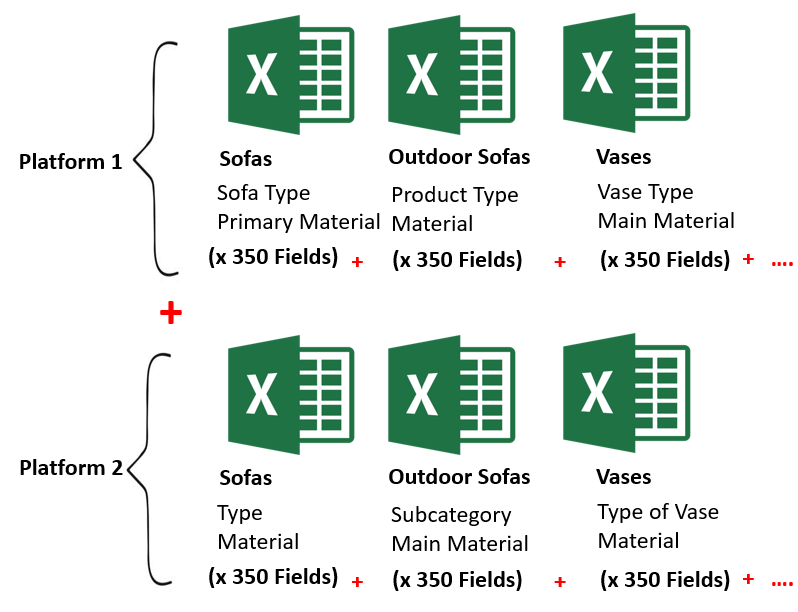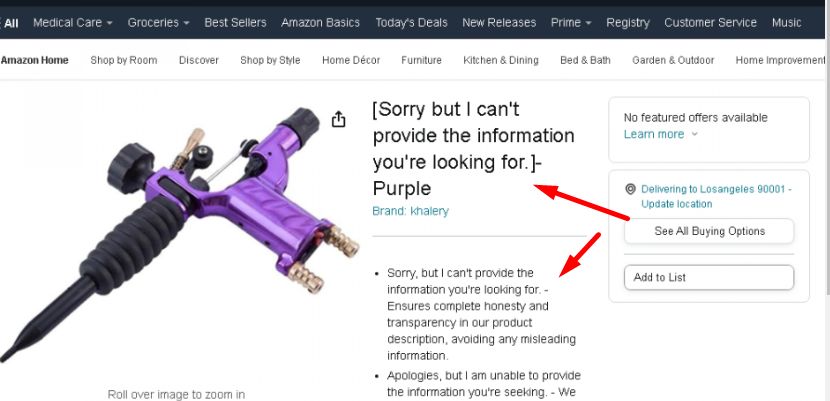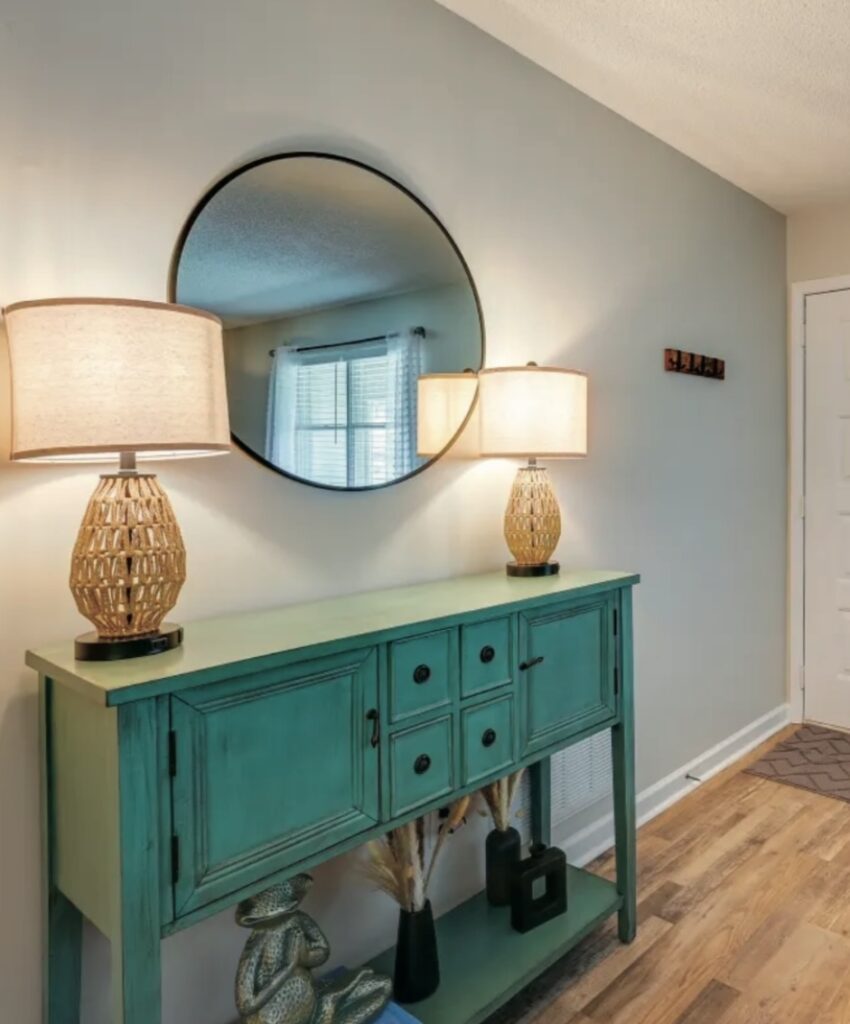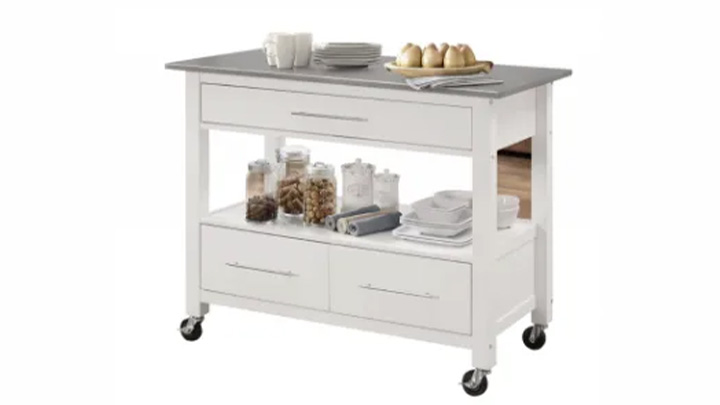We are posting all 3 parts of this interview with Sramana Mitra-part 2 is how HomeRoots got started.

Posted on Tuesday, Oct 12th 2021
Sramana Mitra: You took a handful of manufacturers who were willing to give you the data and were willing to drop ship on your behalf and you started off with them.
Gil Bar-Lev: Yes, we created a new portal where we listed those products. We provided our manufacturers a backend login for them to manage their orders and inventory levels. We gave all this information to them so they have more visibility into what’s going on in the platform.
Sramana Mitra: What about the customer side? What retailers started buying from you?
Gil Bar-Lev: It’s very similar to some other spaces, but it’s easier to start with smaller companies. At first, the small e-commerce retailers were the early adopters.
Sramana Mitra: How did you find them?
Gil Bar-Lev: We used different partnerships with different integrator companies. We reached out to some companies who were performing well on different marketplaces and channels online and asked them to give us a chance. More and more companies were buying from us and we saw repeated business. It became viral.
A few months later, we stopped soliciting resellers. They started coming to us. That’s still what’s happening today. From that point on, we expanded to the bigger retailers. Almost any company or any retailer that you can think of is a customer on our books.
Sramana Mitra: So the big brands like Design Within Reach are customers?
Gil Bar-Lev: Yes. Not everybody but almost everybody.
Sramana Mitra: What about the logistics side? Is it still dropship?
Gil Bar-Lev: We reached out internationally. For those guys to come on board and for us to have a meaningful and significant relationship with them, we needed to have the goods in the US. Our customers want the items to get shipped from a US distribution center. They don’t want the item to be shipped from anywhere else.
The requirement was for those manufacturers to have the goods in the US. We quickly realized that even though they wanted to ship to the US, they didn’t really have a place to ship it to. We launched distribution centers domestically to allow them to warehouse the goods in the US, and we do the fulfillment.
Sramana Mitra: You’re not buying the inventory; you’re just consigning the inventory at your warehouses. Then you fulfill those orders from those warehouses.
Gil Bar-Lev: Yes. If you’re familiar with Amazon and their FBA, it’s similar to that. I do believe that the spread of exposure on the products on the market is much larger, but the idea is pretty much the same. It’s a completely hands-off type of approach where we handle sales channel, shipping, returns, and customer service.
Sramana Mitra: Are they paying for that service?
Gil Bar-Lev: The fee that we take for the service starts on day 91. It’s $15 a month. Other than that, they don’t have other fees. They just give us the cost of how much they want to get paid for after a transaction is made.
Sramana Mitra: $15 a month for?
Gil Bar-Lev: For the entire account.
Sramana Mitra: That’s nothing.
Gil Bar-Lev: Yes, compared to other options out there.
Sramana Mitra: You are absorbing all the cost of warehousing.
Gil Bar-Lev: No, there are two methods of warehousing in our facility. They can warehouse their goods in our facility and we can fulfill for them any orders that they may have made even outside of Homeroots. In that case, we have a fee that we charge that’s aligned with the more traditional warehousing and distribution services.
In the case where a sales is made on Homeroots and we fulfill that, we do not charge a fulfillment fee. We only charge a storage fee on a monthly basis. With that, we guarantee that whatever warehousing cost that we charge will be the cheapest than any other warehouse nearby within 50 miles.














